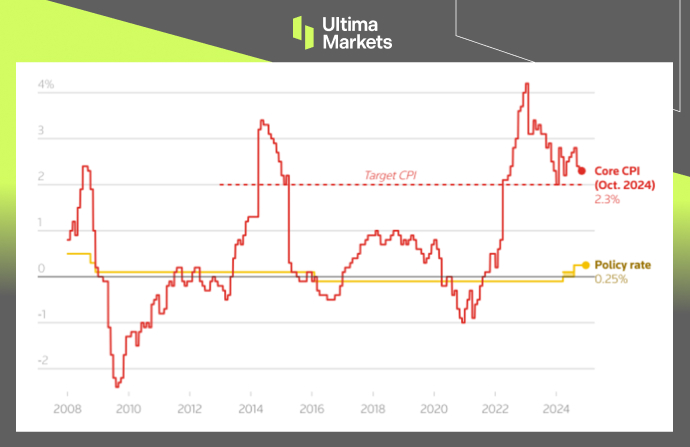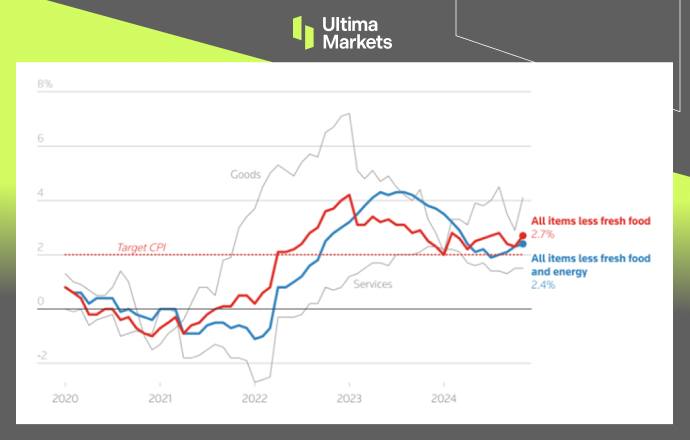
Ultima Markets App
Trade Anytime, Anywhere
Important Information
This website is managed by Ultima Markets’ international entities, and it’s important to emphasise that they are not subject to regulation by the FCA in the UK. Therefore, you must understand that you will not have the FCA’s protection when investing through this website – for example:
- You will not be guaranteed Negative Balance Protection
- You will not be protected by FCA’s leverage restrictions
- You will not have the right to settle disputes via the Financial Ombudsman Service (FOS)
- You will not be protected by Financial Services Compensation Scheme (FSCS)
- Any monies deposited will not be afforded the protection required under the FCA Client Assets Sourcebook. The level of protection for your funds will be determined by the regulations of the relevant local regulator.
Note: Ultima Markets is currently developing a dedicated website for UK clients and expects to onboard UK clients under FCA regulations in 2026.
If you would like to proceed and visit this website, you acknowledge and confirm the following:
- 1.The website is owned by Ultima Markets’ international entities and not by Ultima Markets UK Ltd, which is regulated by the FCA.
- 2.Ultima Markets Limited, or any of the Ultima Markets international entities, are neither based in the UK nor licensed by the FCA.
- 3.You are accessing the website at your own initiative and have not been solicited by Ultima Markets Limited in any way.
- 4.Investing through this website does not grant you the protections provided by the FCA.
- 5.Should you choose to invest through this website or with any of the international Ultima Markets entities, you will be subject to the rules and regulations of the relevant international regulatory authorities, not the FCA.
Ultima Markets wants to make it clear that we are duly licensed and authorised to offer the services and financial derivative products listed on our website. Individuals accessing this website and registering a trading account do so entirely of their own volition and without prior solicitation.
By confirming your decision to proceed with entering the website, you hereby affirm that this decision was solely initiated by you, and no solicitation has been made by any Ultima Markets entity.
I confirm my intention to proceed and enter this website Please direct me to the website operated by Ultima Markets , regulated by the FCA in the United Kingdom
Yen Tumbles as BOJ Signals Cautious Approach
BOJ Holds Rates Steady Amid Inflation Risks
Interest rates were left unchanged in the latest decision by the BOJ last Thursday, with its governor holding back from giving the strong guidance on when its borrowing costs may rise, thereby helping push the yen down while weighing on bond yields on renewed scepticism of an imminent rate hike.
The nine-member board unanimously decided to hold the short-term policy rate at 0.25 percent, reflecting its conservative bias amidst uncertainty about U.S. President-elect Donald Trump’s economic agenda.

(Bank of Japan’s Policy Rate, Source: LSEG)
Still, hawkish board member Naoki Tamura voted against the decision and offered an unsuccessful motion for a rate increase to 0.5 percent on the back of increasing risks of higher inflation. BOJ Governor Kazuo Ueda reassured the bank would move rates higher “gradually,” provided economic and price developments unfold in line with forecasts.
On Friday, the national core consumer price index, which includes oil products but excludes fresh food, rose 2.7% year-over-year in November, according to government data, above the market consensus of 2.6%. This was faster than October’s 2.3% rise, partly due to continued high rice prices and a reduction in government subsidies that had defrayed utility bills.

(Japan’s Inflation Chart, Source: LSEG)
The data was released shortly after the BOJ decided to keep rates at 0.25%, underscoring the growing inflationary pressures that may make the bank consider further rate hikes. However, it could hold off until March, given its focus on the assessment of the results from next year’s wage negotiations.
Disclaimer
Comments, news, research, analysis, price, and all information contained in the article only serve as general information for readers and do not suggest any advice. Ultima Markets has taken reasonable measures to provide up-to-date information, but cannot guarantee accuracy, and may modify without notice. Ultima Markets will not be responsible for any loss incurred due to the application of the information provided.
Why Trade Metals & Commodities with Ultima Markets?
Ultima Markets provides the foremost competitive cost and exchange environment for prevalent commodities worldwide.
Start TradingMonitoring the market on the go
Markets are susceptible to changes in supply and demand
Attractive to investors only interested in price speculation
Deep and diverse liquidity with no hidden fees
No dealing desk and no requotes
Fast execution via Equinix NY4 server








